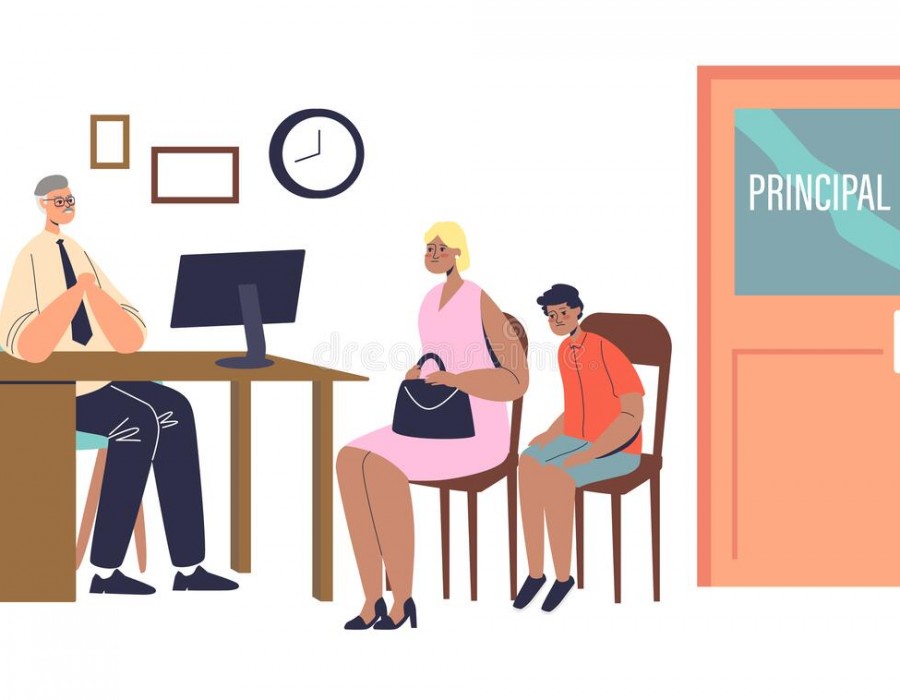The differentiation of instruction is necessary for the success of all students. Districts provide countless professional development workshops on the topic. Schools across the country discuss best practices to meet the diverse needs of their student population. Teacher evaluations include feedback regarding the use of differentiated strategies to reach students with diverse learning styles and abilities.
Time and time again, research has shown that when you differentiate the learning process, you reach more students. There is no argument about this issue. A teacher's job is to assess individual student needs and apply appropriate instructional strategies. All students do not learn the same way.
Adults learn in different ways
Adults benefit from different learning approaches. Teachers do not grasp concepts in one way or at the same rate. Why do many administrators insist on delivering, sharing, and providing new information in one format?
Administrators have forgotten about the principles of adult learning. Teachers may not learn the exact way a child learns but the learning process must be as varied as it is for students. All learners, regardless of age, do not learn in a uniform way. Plain and simple: it is time for administrators to "practice what they preach" and "model what they teach."
When collaborating with teachers, administrators should apply the same differentiation principles and diverse strategies that are applied to students. Principals need to develop strategies that will address the individual learning needs of their teachers.
Support individual teacher growth
Use the following strategies to meet the unique needs of teachers at your school.
Individual Learning Plan - In addition to the district evaluation process, ask teachers to create individual growth plans. Stress that the plan is not part of the evaluation process. The level of trust at your site will determine how the plan is shared. If the school is large, the process may occur in departments. Whatever the forum, give staff the opportunity to determine areas of improvement and the support needed to achieve their goals.
Personalization - Find ways to link school goals and objectives to personal goals and objectives. Establish relationships between work and individual interests. Share personal stories as they relate to education. Discover common interests and find ways to connect individual life to school culture.
Strengths - All people work best when their strengths play a role in a new learning process. Do you know the strengths of your teachers? Create a list and jot down at least two areas of strength for each teacher. Think about ways to capitalize on these strengths and create work teams that will complement the strengths of others.
Preview, Review, and Summarize - Everyone does not process information the same way. When new information and materials are presented in various venues, the message will reach more individuals. Present information to teachers in different formats. Interpret and share relevant information as early as possible and give individuals the opportunity to absorb the content. Summarize large projects and "chunk" the information into manageable units of work.
Scaffolding - Link and connect pieces of work. Do not take for granted that everyone sees or understands the connection between different stages of work. Share what different products mean to each other. When a task is completed, visually and verbally explain how the outcome relates to the next objective.
Intervention - If a teacher requires special attention, find ways to provide assistance. The support may include class visits, outside resources, etc. If you personally cannot commit to the responsibility, assign an administrator or a mentor to help. A teacher in need of assistance should not be denied the opportunity to improve their skills.
Extended Support - Always be an accessible manager. Post office hours and times you are available to meet and the guidelines of your open door policy.





Comments